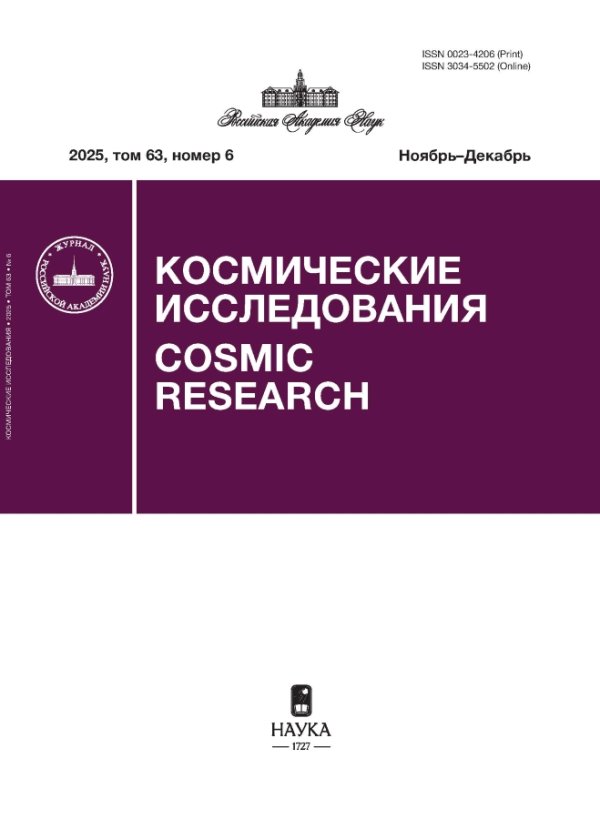Based on the results of measurements near the equatorial plane of fluxes and spectra of H+ and O+ ions of the magnetospheric ring current (RC) on the Explorer-45, AMPTE/CCE, CRRES and Van Allen Probes satellites, a systematic analysis of the spatial distributions of the energy density of these ions on the recovery phase of magnetic storms was carried out. Nine storms of varying intensity were considered, with max|Dst| from 59 to 307 nT. The radial profile of the ion energy density of the RC is characterized by the position of its maximum (Lm) and by the ratio of the ion energy density and the magnetic field at this maximum (βm), and at L > Lm this profile is approximated by the dependence w(L) = w0 exp(−L/L0). The distributions of the parameter Lm depending on the index Dst and on MLT, as well as the parameters βm, w0 and L0 depending on Dst, MLT and Lm were obtained. For H+ and O+ ions, as well as for low-energy (E < 60 keV) and higher-energy ions, these distributions are different, which is associated with different loss rates of these ions. It is shown that for the RC protons, the average values of the parameters Lm and βm usually increase as the recovery phase develops, and the dependence Lm(Dst) is significantly stronger than in the main phase of storms. During strong storms, on the fast recovery phase, the average value of the L0 parameter for H+ ions with E ≈ 1−300 keV decreases from ~1.7 to ~1.4 (dominance of the RC symmetrization effect by MLT), and for O+ ions of the same energies, L0 increases from ~0.9 to ~1.2 (dominance of the RC ion losses). According to the estimates made, on the slow recovery phase of strong storms, a significant contribution, from 30 to 50 %, to the total energy of the ion RC can be related to the region on 7 ≤ L ≤ 10. It is shown that for some storms the contribution of the RC ions at L ≤ 10 to the Dst value is well described by the Dessler–Parker–Sckopke relation, but in other measurements considered here, especially during very strong storms, the contribution of the RC to the Dst value is no more than 40–60 %, and the rest is the part of other magnetospheric current systems.
 579–589
579–589


 590-600
590-600


 601–609
601–609


 610–623
610–623


 624–643
624–643


 644–649
644–649


 650-662
650-662


 663-673
663-673


 674–686
674–686












